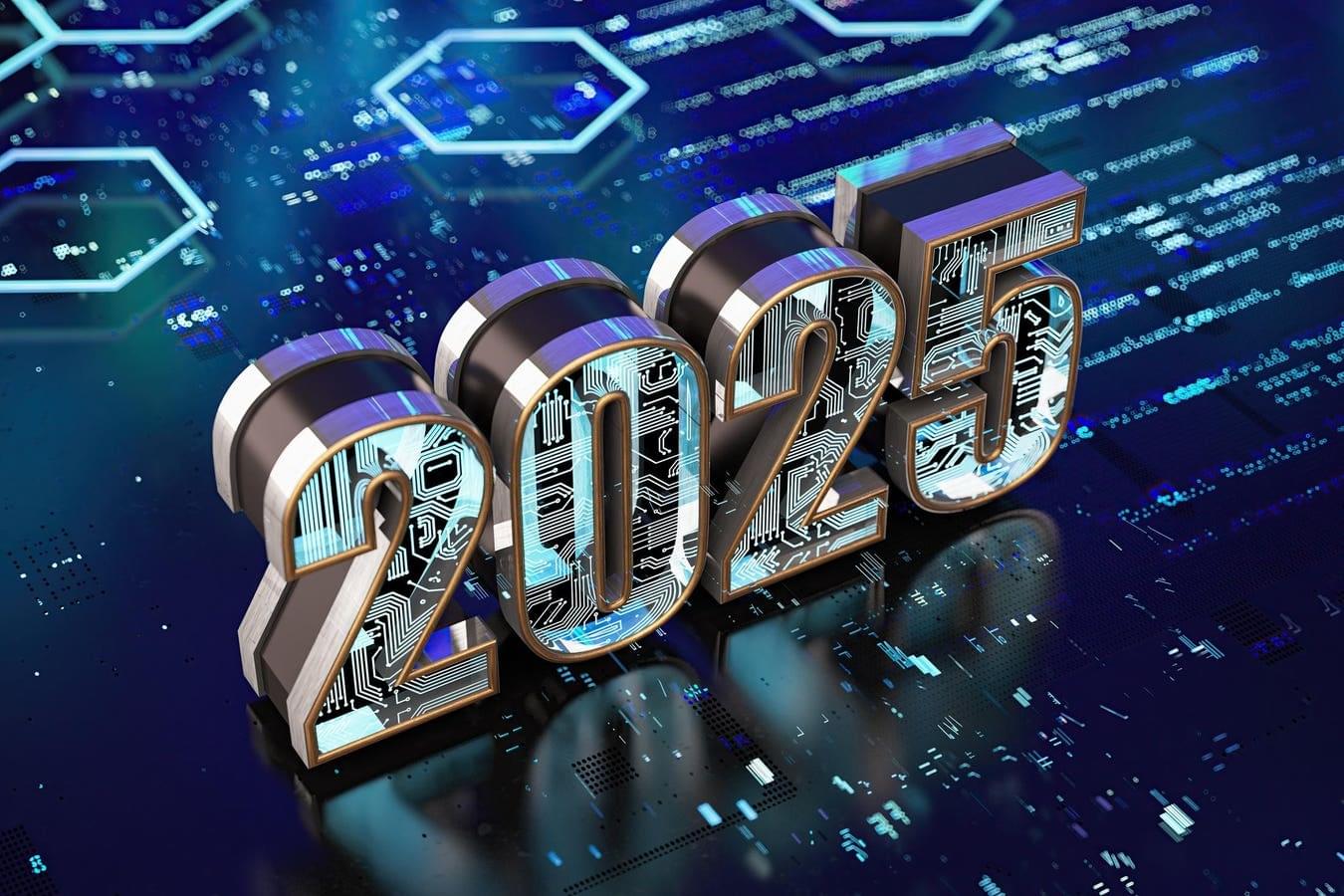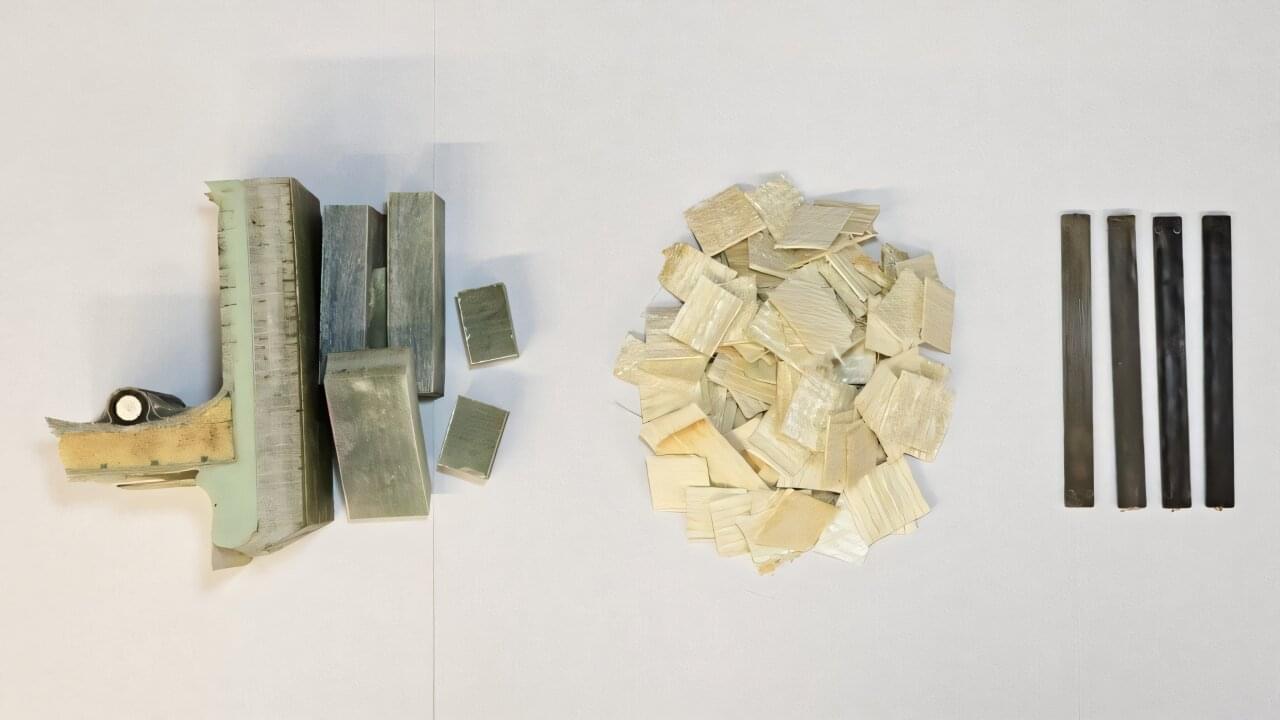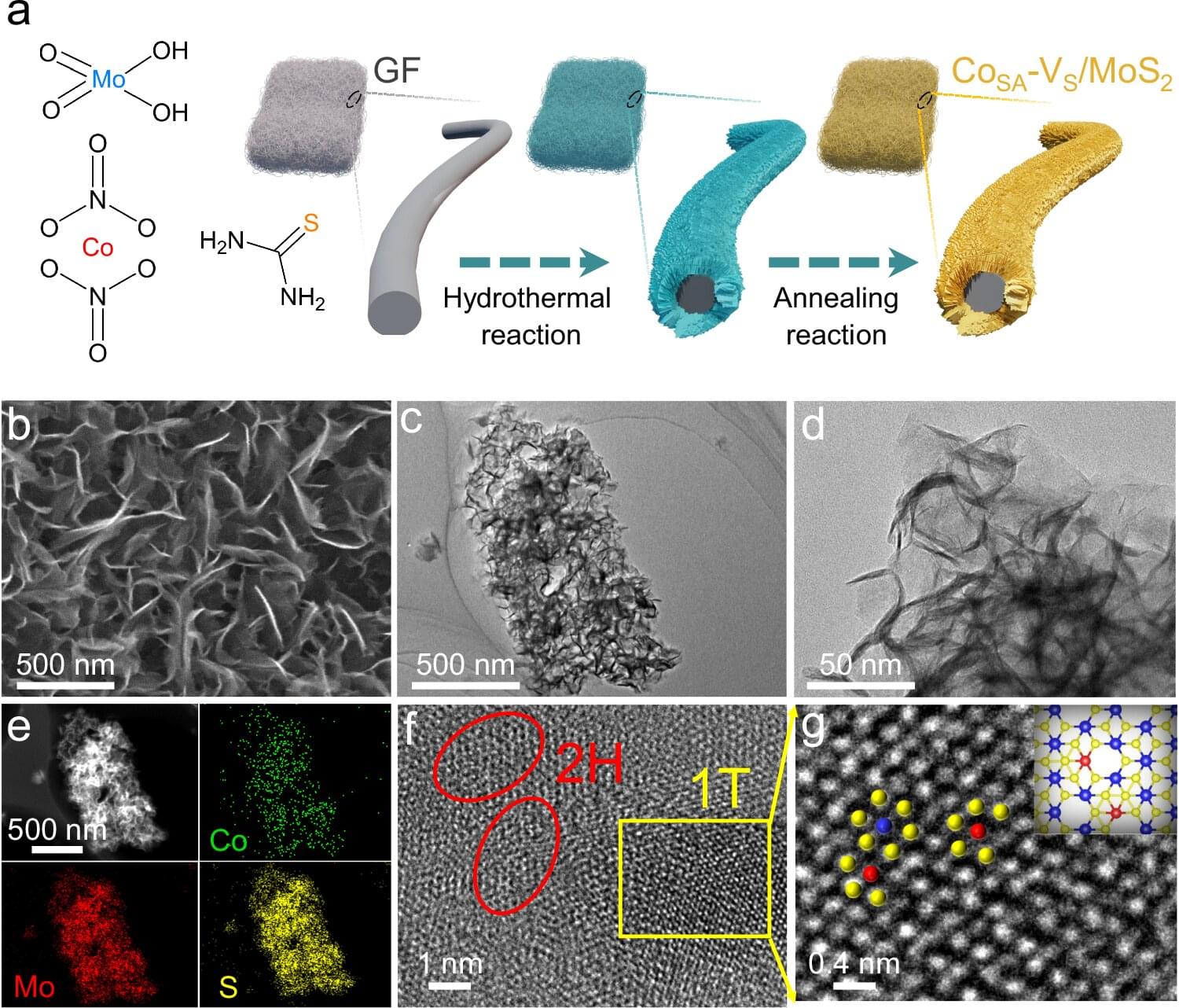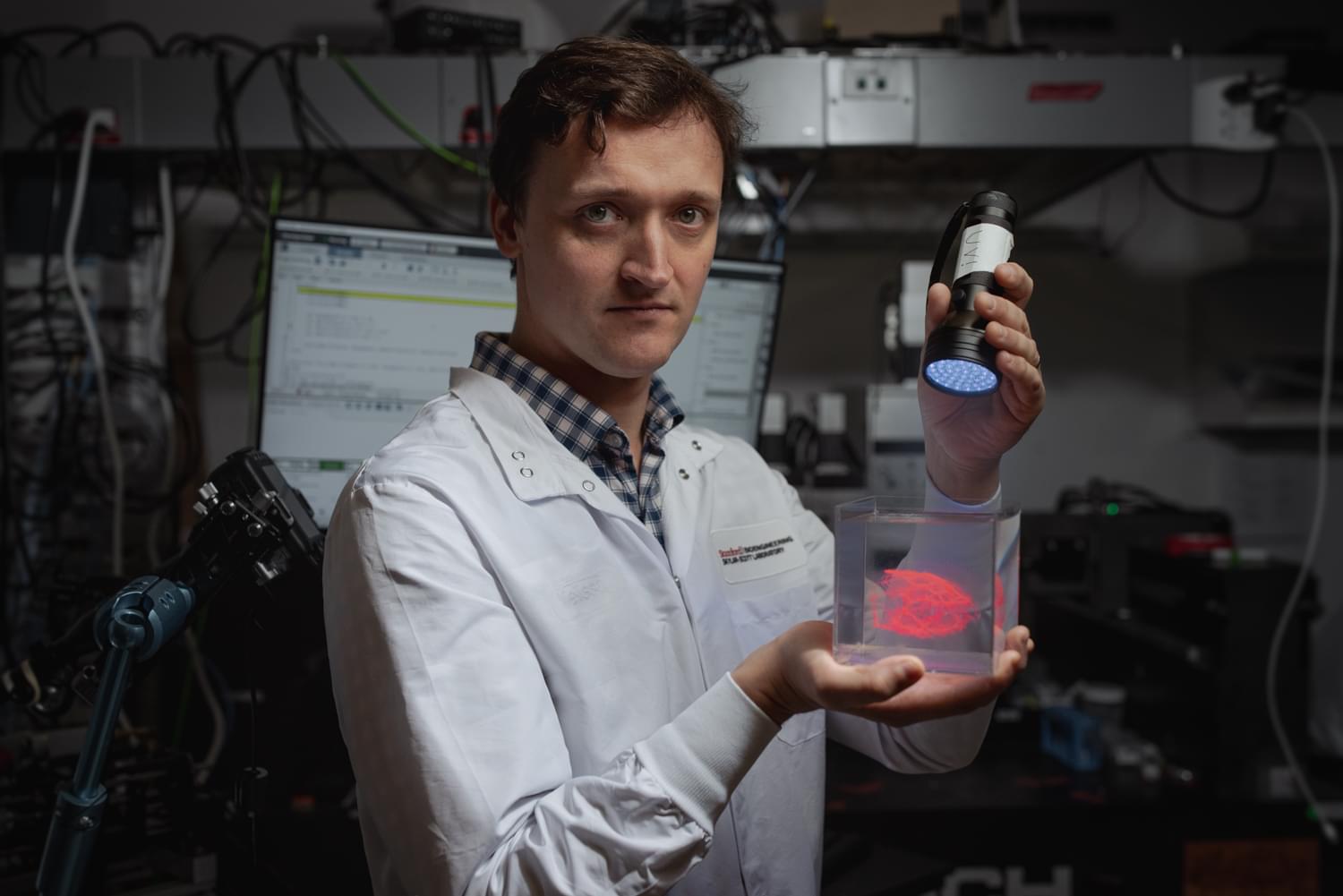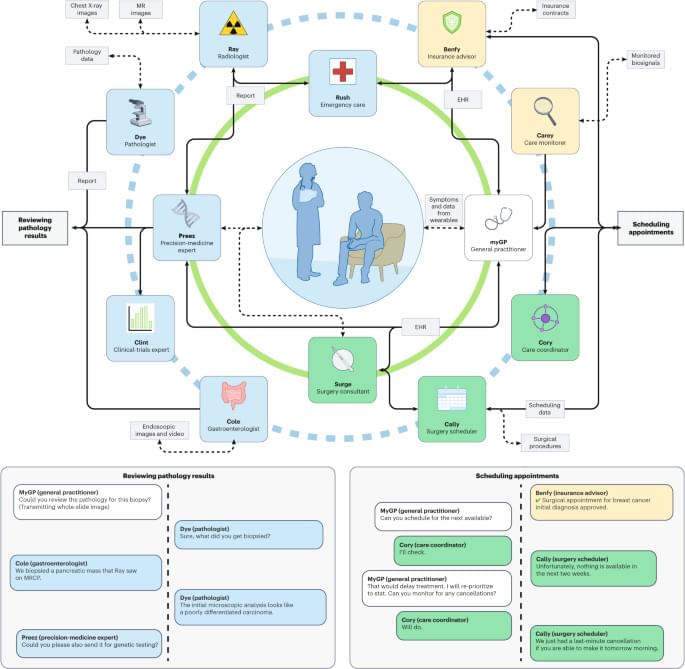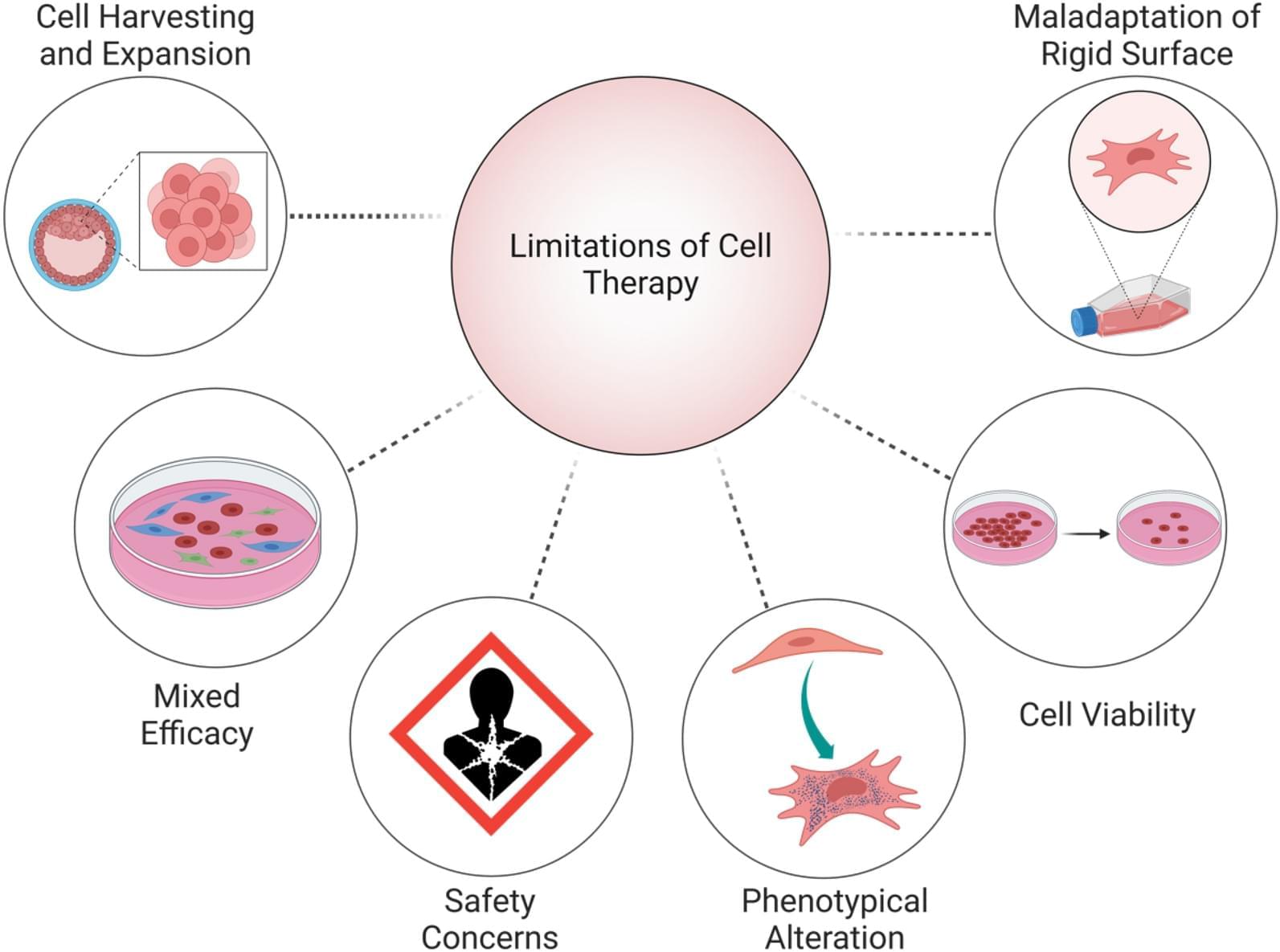In 2025, cybersecurity is gaining significant momentum. However, there are still many challenges to address.
When the International Maritime Organization enacted a mandatory cap on the sulfur content of marine fuels in 2020, with an eye toward reducing harmful environmental and health impacts, it left shipping companies with several main options.
They could burn low-sulfur fossil fuels, like marine gas oil, or install cleaning systems to remove sulfur from the exhaust gas produced by burning heavy fuel oil. Biofuels with lower sulfur content offer another alternative, though their limited availability makes them a less feasible option.
While installing exhaust gas cleaning systems, known as scrubbers, is the most feasible and cost-effective option, there has been a great deal of uncertainty among firms, policymakers, and scientists as to how “green” these scrubbers are.
Researchers at EPFL have found a way to dramatically reduce energy loss and boost efficiency in perovskite solar cells by incorporating rubidium using lattice strain—a slight deformation in the atomic structure that helps keep rubidium in place.
Solar energy is one of the most promising solutions for reducing our dependence on fossil fuels. But making solar panels more efficient is a constant challenge. Perovskite solar cells (PSCs) have been a game-changer, offering rapid improvements in efficiency and potential for low-cost manufacturing. However, they still suffer from energy losses and operational stability issues.
A new method to recycle wind turbine blades without using harsh chemicals resulted in the recovery of high-strength glass fibers and resins that allowed Washington State University researchers to repurpose the materials to create stronger plastics.
The innovation provides a simple and environmentally friendly way to recycle wind turbine blades to create useful products.
Reporting in the journal, Resource, Conservation, and Recycling, the team of researchers cut the lightweight material that is commonly used in wind turbine blades, called glass fiber-reinforced polymer (GFRP), into approximately two inch-sized blocks. They then soaked the flakes in a bath of low-toxicity organic salt in pressurized, superheated water for about two hours to break down the material. They then repurposed its components to make stronger plastics.
In February 2024, Reddit struck a $60 million deal with Google to let the search giant use data on the platform to train its artificial intelligence models. Notably absent from the discussions were Reddit users, whose data were being sold.
The deal reflected the reality of the modern internet: Big tech companies own virtually all our online data and get to decide what to do with that data. Unsurprisingly, many platforms monetize their data, and the fastest-growing way to accomplish that today is to sell it to AI companies, who are themselves massive tech companies using the data to train ever more powerful models.
The decentralized platform Vana, which started as a class project at MIT, is on a mission to give power back to the users. The company has created a fully user-owned network that allows individuals to upload their data and govern how they are used. AI developers can pitch users on ideas for new models, and if the users agree to contribute their data for training, they get proportional ownership in the models.
A team of materials scientists, chemical engineers, and environmental scientists affiliated with a host of institutions in China has developed a redox flow battery (RFB) with 87.9% energy efficiency, which can also last for 850 cycles. In their project, published in the journal Nature Communications, the group developed a new kind of catalytic electrode to improve the efficiency of the battery.
Our electrical infrastructure is built on copper, placing this metal at the core of the energy transition. But sluggish supply could compromise ambitions to decarbonize the energy sector.
Stanford bioengineer Mark Skylar-Scott on his “science fiction” quest to 3D print human hearts and other organs on demand, using cells from a patient’s own body.
Decentralized yet coordinated networks of specialized artificial intelligence agents, multi-agent systems for healthcare (MASH), that excel in performing tasks in an assistive or autonomous manner within specific clinical and operational domains are likely to become the next paradigm in medical artificial intelligence.
Recent studies have shown that mechanical properties such as extracellular matrix stiffness, fluid flow, weight loading, compression, and stretching can affect cellular functions. Some examples of cell responses to mechanical properties could be the migration of cancer cells from rigid to soft surfaces or the differentiation of fibroblasts into myofibroblasts. Cellular responses to mechanical changes can modify the insertion of proteins in the extracellular matrix (ECM), causing an increase in tissue stiffness with functional consequences. In general, mechanical and physical factors can affect any kind of cell phenotype in culture conditions and in vivo tissues. Cells sense mechanical stimuli by applying force and restructuring their shape and functions in response to the resistance of the stimuli. Furthermore, mechanical triggers can develop a “memory” for altering cellular plasticity and adaptation. This phenomenon is called cellular mechanical memory (CMM), a singular feature of mesenchymal stem cells (MSCs). Controlled targeting of CMM may resolve the scarcity of viable cells needed for cell based therapy (CBT) and implement studies concerning cancer research, fibrosis, and senescence. This review focusses on cells from the mesodermal lineage, such as MSCs, fibroblasts and chondrocytes, and the role of CMM as a potential target for CBT.
